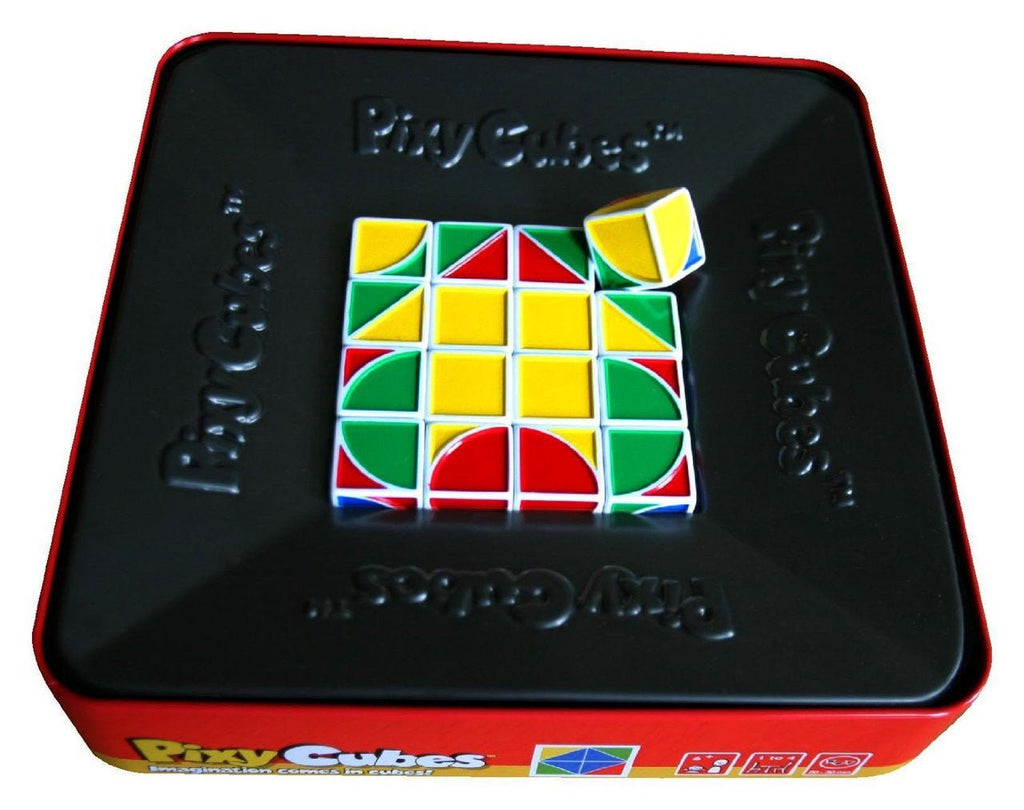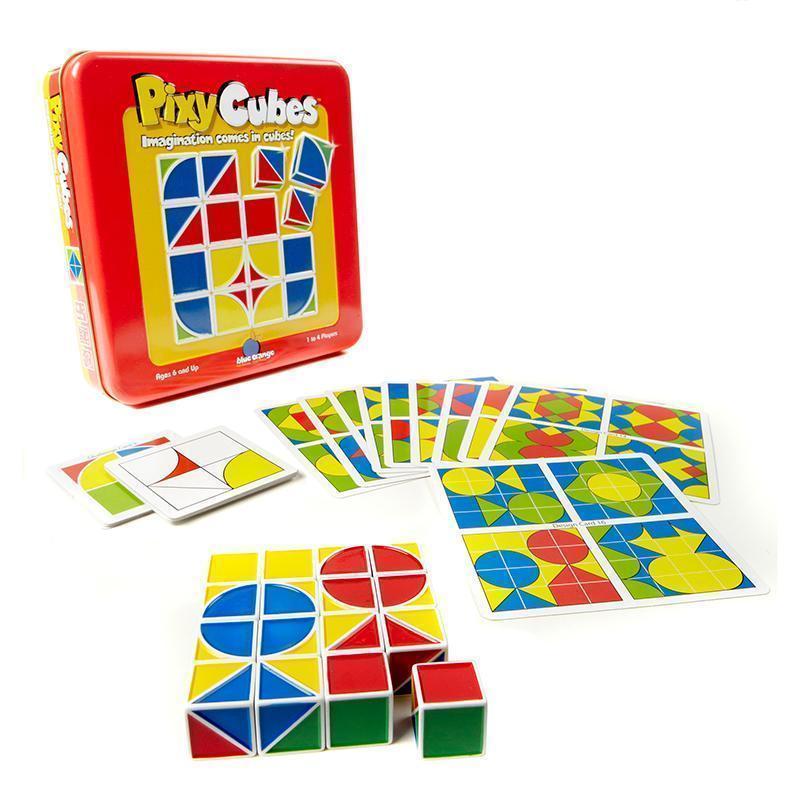

The third set of four cubes will be a mirror image of the second set. Then they are to extend the pattern with the second set of four cubes being a mirror image of the first four cubes. Students could use four Pixy Cubes to create one of the challenge card patterns.

This pattern is two cubes high and eight cubes long. Skills: Math concepts, such as repeated patternsĪnother activity for one student similar to Design Games is to use mirror images to extend the pattern. Together they have to recreate the pattern using their cubes. Then have the students decide on a 16 cube Design Card to recreate the pattern of. They have to rotate their cubes to find which one fits the pattern and place it on the outline.ĭivide up the cubes so all players receive one of each cube (see picture above). On a worksheet, there are 4 lines of patterns each with an outline of the next cube. Skills: Math concepts, such as patterning, and attention to detailĭivide up the cubes so all players receive one of each cube pictured below. Players use the cubes to complete patterns on the challenge and design cards, either in a race or by memory. The game contains 16 cubes with green, red, yellow, and blue sides-either as solids, half and half, or crescent shapes. Pixy Cubes is a versatile game that involves memory, speed and creativity, depending on how you play. See previous post on Tell Tale Pattern Building with Pixy Cubes
Pixy cubes series#
As a part of an ongoing series of posts, today we will be covering our creative storytelling game Tell Tale. Last year, we were fortunate to have a teacher in Pennsylvania with over 20 years experience in elementary school education design lesson plans using our educational games. When using educational games as learning tools in and out of the classroom, we encourage teachers and parents to break the rules! With a little creativity, you can turn existing games into a classroom or homework activity that targets the lesson at hand.


 0 kommentar(er)
0 kommentar(er)
